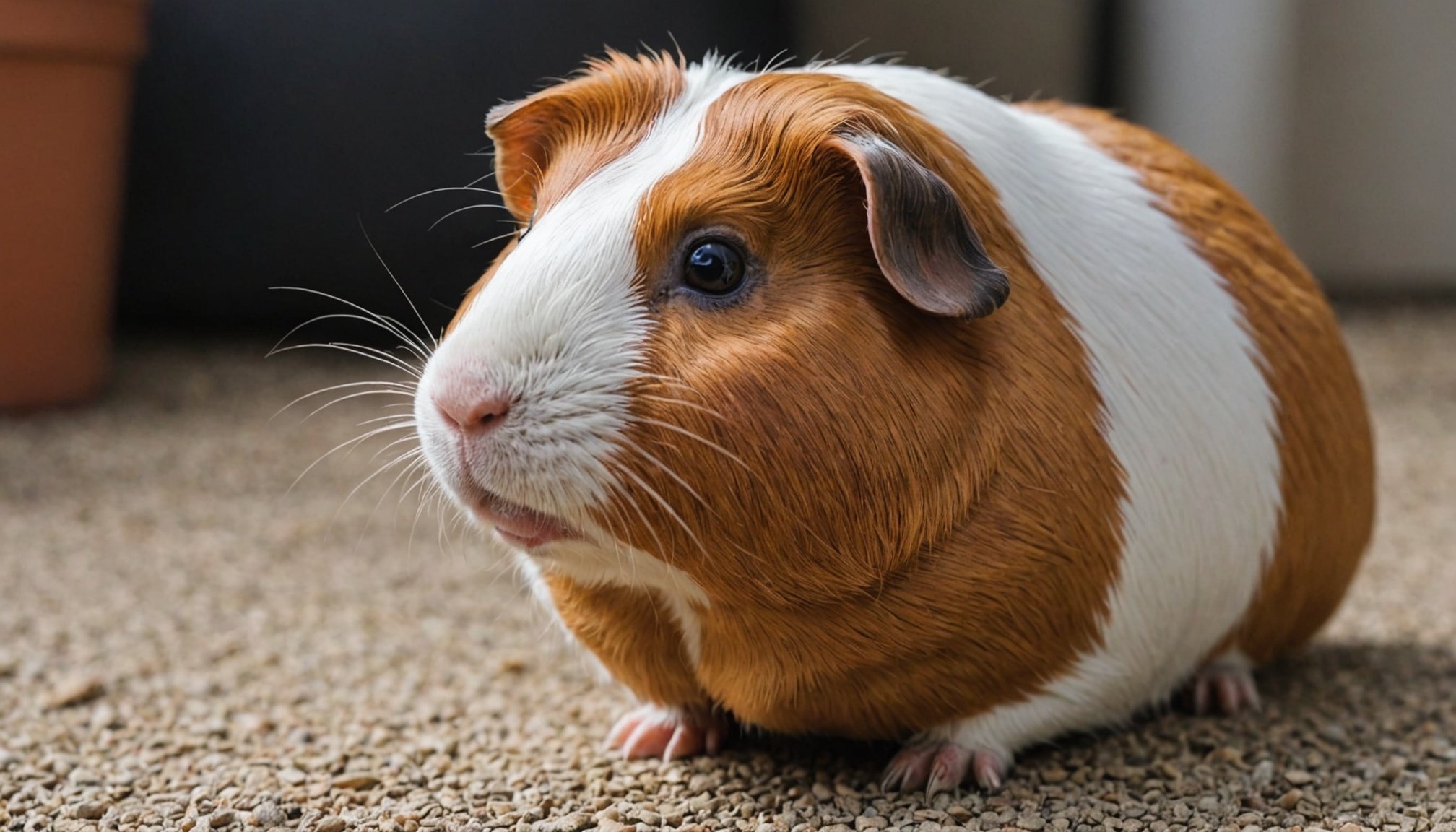When you consider bringing a pet guinea pig into your home, you may feel excitement mixed with a bit of anxiety—especially when thinking about how to properly handle these small animals. Guinea pigs, or simply “pigs,” can be quite nervous creatures, often requiring specific care and attention to help them feel at ease. Understanding how to effectively hold and interact with your piggies will not only improve their well-being but will also strengthen the bond between you and your new pet. In this article, we will explore the best techniques for handling a nervous guinea pig, ensuring that both you and your furry friend have a safe and enjoyable experience.
Understanding Your Guinea Pig’s Behavior
Before diving into the techniques for handling a nervous guinea pig, it’s essential to understand their natural behaviors. Guinea pigs are prey animals, which means they are naturally inclined to be wary of potential threats in their environment. This instinct can make them appear skittish or anxious, especially in new surroundings or with unfamiliar people.
Also to read : What are the benefits of adopting a senior pet compared to a puppy?
When you first introduce your guinea pig into your home, they may retreat, hide, or display signs of stress. These behaviors are entirely normal, and acknowledging them is the first step toward making your pet feel comfortable. Signs of stress can include vocalizations, rapid heart rate, and hiding. It’s crucial to recognize these signs and give your piggy time to acclimate to their surroundings.
In addition to their natural instincts, guinea pigs have unique personalities. Some may be more outgoing and curious, while others can be shy and cautious. Understanding your guinea pig’s individual personality will help you tailor your approach to their needs. Some may enjoy being gently pet, while others may prefer to remain in their cage or hide until they feel secure.
Topic to read : Unlocking urban beekeeping: key strategies for a flourishing beehive in your uk garden
Ultimately, taking the time to observe and understand your guinea pig’s behavior will help you determine the best techniques for handling them, leading to a happier pet and a more fulfilling relationship. Patience is key; don’t rush the process. Allow your guinea pig to come to you on their own terms, which is essential for building trust.
Creating a Safe Environment
A comfortable environment is crucial for a nervous guinea pig. The first step in successfully handling your pet is to ensure their living space is inviting and secure. Start with a spacious, well-ventilated cage equipped with cozy bedding, hiding spots, and plenty of fresh hay and water. If your guinea pig feels safe in their home, they are more likely to be relaxed when you interact with them.
Include hiding places made from cardboard, tunnels, or small igloos where your guinea pig can retreat if they feel overwhelmed. These items can provide a sense of security and encourage your pet to come out and explore at their own pace. Remember, a stressed guinea pig will often hide rather than engage with you, so providing ample opportunities for retreat is critical.
When you approach your guinea pig, make sure to do so slowly and calmly. Sudden movements or loud noises can startle them. Kneel beside their cage to show you are not a threat, and allow them to come to you. You might also want to use treats, such as small pieces of veggies or pellets, to encourage them to approach you. Positive reinforcement can build trust and make handling them easier.
Moreover, consider the ambient conditions in their environment. Keep their cage away from direct sunlight, drafts, and loud noises. A calm atmosphere will help minimize stress, allowing your guinea pig to feel more at ease in their surroundings. The more comfortable your piggy is, the more easily they will adapt to your handling techniques.
Proper Techniques for Handling Your Guinea Pig
Once you have established a safe and welcoming environment, you can begin practicing proper handling techniques with your guinea pig. The first step in handling is to give your piggy time to approach you. Allow them to come to you rather than reaching in suddenly, which can trigger their flight response.
When it’s time to pick them up, always support their body adequately. Use both hands: one to scoop under their bottom and the other to gently cradle their back. This technique helps them feel secure and reduces the likelihood of jumping or squirming, which can lead to injuries. Aim for a calm and steady grip; avoid squeezing or holding them too tightly.
When holding your guinea pig, keep them close to your body and at a level that resembles their cage height. This positioning can make them feel more secure, as it mimics their natural instinct to stay low to the ground. If your guinea pig begins to show signs of stress, gently lower them back into their cage. Never hold them for too long, especially if they seem uncomfortable. Gradually increase the time spent holding them as they become more familiar with the process.
Additionally, speak softly and reassuringly while handling your piggy. Your voice can be comforting, helping to ease their anxiety. Remember to keep your movements slow and deliberate, avoiding any sudden gestures that could startle them. Over time, they will learn to associate handling with positive experiences, which will help them become more confident and relaxed.
Building Trust Through Interaction
Building trust with your guinea pig is a gradual process that requires consistent interaction and patience. Regular handling sessions, even if they are brief, will help your pet become accustomed to your presence. Start with a few minutes each day, gradually increasing the duration as your piggy becomes more comfortable.
Incorporate playtime into your routine. Allowing your guinea pig to explore outside their cage in a safe, enclosed area can provide mental stimulation and help them build confidence. Encourage them to explore while you supervise closely, creating a playful environment where they can interact with their surroundings and learn about their world.
Consider using treats to associate your presence with positive experiences. Offer small pieces of their favorite veggies or fruits when they come close or when you pick them up. This positive reinforcement can significantly enhance their trust in you, leading to a more relaxed interaction.
Additionally, make it a habit to spend quiet time near their cage. Read a book, watch TV, or simply sit close by. This approach allows your piggy to get used to your presence without the pressure of direct interaction. Over time, they will likely feel more secure knowing you are nearby.
Remember that each guinea pig is unique. Some may take longer to build trust than others. Continue to respect their boundaries and be mindful of their comfort levels. With dedication and care, you will see progress, and your piggies will become more willing to interact.
Handling a nervous guinea pig requires patience, understanding, and a nurturing approach. As you create a safe environment, employ proper handling techniques, and consistently build trust, you will foster a strong bond with your furry companion. Remember, each guinea pig has its own personality, and some may need more time to adjust than others. Stay attuned to their needs and behaviors, and embrace the journey of getting to know your pet. By implementing the strategies discussed in this article, you will not only help alleviate your guinea pig’s stress but also create a meaningful and lasting relationship with your pet. With time, love, and attention, your nervous piggy will flourish into a confident and happy member of your family.











